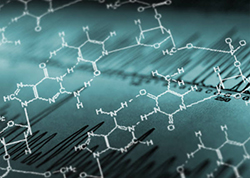How Do You Test for Mold?
You might think that any possible mold infestation is easy to spot, but if you suspect a problem it’s important that you have a test performed. The results will confirm whether or not it actually is mold and if so, what type. Testing can also indicate the presence of mold even if it’s out of sight.
NJ mold treatment includes three different types of mold testing. Here is a look at each along with the pros and cons.
- Air testing involves taking samples for examination under a microscope to determine the concentration of mold spores. This is a good way to detect mold that might not be visible to the eye. On the other hand, the amount of spores in the air can change significantly in a short period of time, making the results less accurate.
- Surface testing is similar to air testing, except the samples are collected by swabbing or tape lifting from surfaces around your home or building. Once again, the uneven distribution of mold spores can cause the results to vary. In addition, this method cannot identify the concentration of spores in the air.
- Bulk testing uses actual pieces of materials from your home or building. This method can confirm a mold problem as well as zero in on the concentration of mold particles.
Mold testing is also recommended if someone in your household is suffering allergic symptoms as well as post-mold removal to ensure the success of the treatment.
Our experienced NJ mold treatment specialists can perform an free inspection of your building. Visit our website to learn more about our effective and cost-efficient MoldExterm system.

